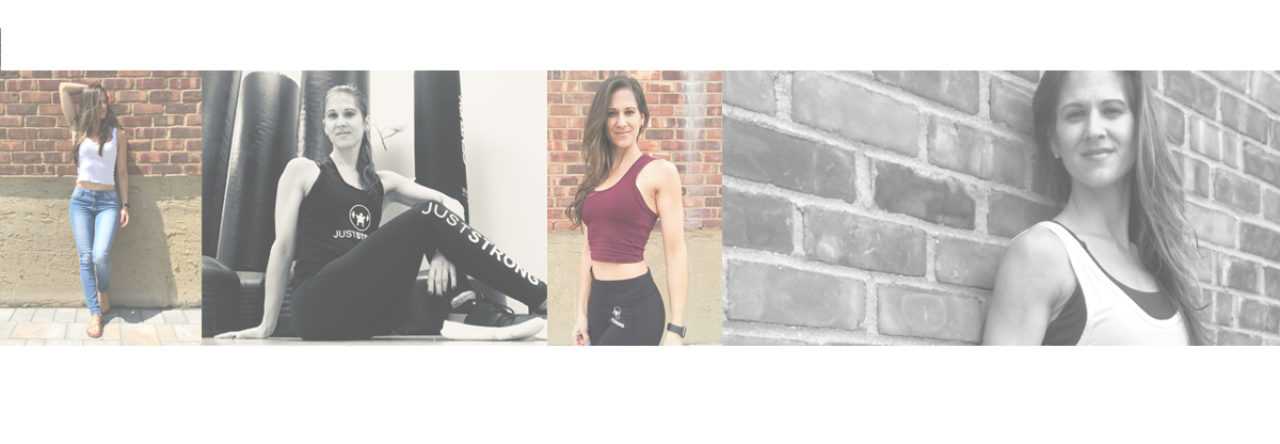
There are several factors that contribute to our food choices, eating habits and why we eat the way we do. These factors start at a young age and continue to develop throughout our lives. Some of these factors we have complete control over and some we do not. Being aware of these factors can help us change our eating habits.
These factors include:
Environmental:
- Economic
- Lifestyle
- Availability
- Cultural Influences
- Religion
- Geographic Location
- Environment
Personal Preference:
- Habit
- Comfort/Discomfort of Food
- Food Marketing/Advertising/Promotion
- Food Diet and Trends
- Sensory Influences (Taste, Smell, Texture)
- Individual beliefs about Food and Nutrition
Health:
- Health and Medical Conditions
- Physical Fitness and Independence
- Knowledge of Health and Nutrition
- Genetics
- Age and Gender
It is very interesting to see all of the factors that can play a role in why we choose to eat what we eat. Let’s discuss these and see how being aware can help us make better choices.
The environmental factors are going to depend on where we live, how we live and who we live with. What is available to us, where we shop, what we can afford in our budget, what gets brought into our home, and the religious/cultural influences we were brought up with are all part of this category of factors.
In order to make changes here you need to be aware of what your limitations are in budget, religion, culture, family, etc. When you go shopping figure out your budget and other limitations first and plan to buy food that fits within these areas that are healthy and nutritious for you and your family. Think about the things that are available to you and fit within your lifestyle.
Our personal preferences play a huge role in the food choices we make and this is probably where we can make the most changes.
These choices are hugely related to our likes and dislikes. We most likely think about food in terms of what we like to eat and not what we need to eat. Let’s change gears here and try to find a whole new way of thinking.
What do I need to eat? Rather than, what do I like to eat? Forget about diets and food trends and what the advertisers are trying to sell you. Get back to basics and make a list of the foods you will eat in the categories of fruits, vegetables, proteins, healthy fats, dairy and whole grains. Create a shopping list from those categories and buy strictly what is on that list. Keep your choices as basic as possible and as least processed as you can. Think more fresh, raw and minimally processed options and less packaged and pre-made. Plan your meals and snacks according to these purchases.
Finally, our health in general is another factor. Our medical condition, physical fitness levels, knowledge/education of nutrition, genetics, age and gender will certainly play a role in our food choices. You may need to avoid certain foods or take in an excess of certain foods because of these factors.
One of the biggest factors to help you make better choices is knowledge and education. This is the area where you have the most control over. Finding ways to incorporate healthy foods to aide in health related issues is so important in our general health. Educate yourself on what you may need to consume or need to avoid for each one of these factors. Research based on your goals and create a list of foods that will help you to achieve them.
Simply being aware that there are many factors contributing to the food choices we make can be extremely helpful. Review each of one these categories and factors and see how they influence you. What changes can you make based on these factors that can lead to a more constructive, positive and healthful plan?
No matter what factors influence your food choices it is ultimately up to you to make a choice, a purchase and a decision to what you bring into your home and put into your body.
References: Nutrition – Fifth Addition



















